Energy 131 kJ (31 kcal) Dietary fiber 2.7 g Protein 1.83 g | Carbohydrates 6.97 g Fat 0.22 g Vitamin A equiv. (4%)35 μg | |
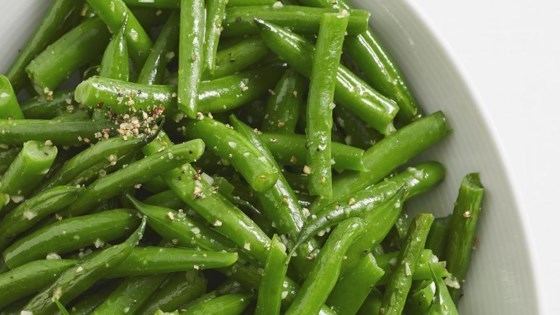 | ||
Similar Bean, Vegetable, Pea, Common Bean, Broccoli | ||
I got green beans potatoes tomatoes
Green beans, also known as French beans, string beans, snap beans, or snaps are the unripe fruit and protective pods of various cultivars of the common bean (Phaseolus vulgaris). Immature pods of the runner bean (Phaseolus coccineus), yardlong bean (Vigna unguiculata subsp. sesquipedalis), and hyancinth bean (Lablab purpureus), are also used as snap beans.
Contents
- I got green beans potatoes tomatoes
- Chinese spicy szechuan green beans stir fry
- Nutrition and culinary use
- Characteristics
- Plant
- Varieties
- Bush dwarf types
- Pole climbing types
- Production
- References
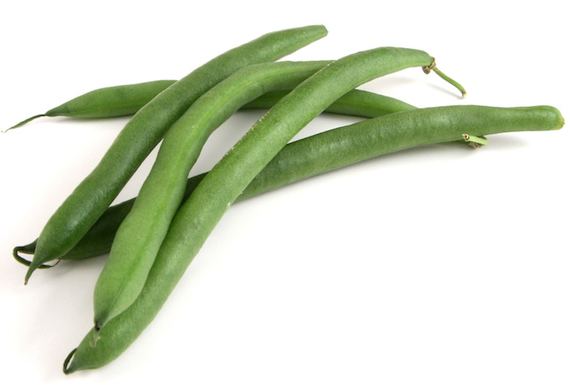
They are distinguished from the many differing varieties of beans in that green beans are harvested and consumed with their enclosing pods, typically before the seeds inside have fully matured. This practice is analogous to the harvesting of unripened pea pods as snow peas or sugar snap peas.
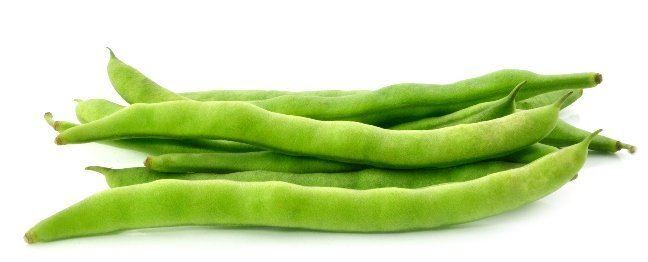
Chinese spicy szechuan green beans stir fry
Nutrition and culinary use
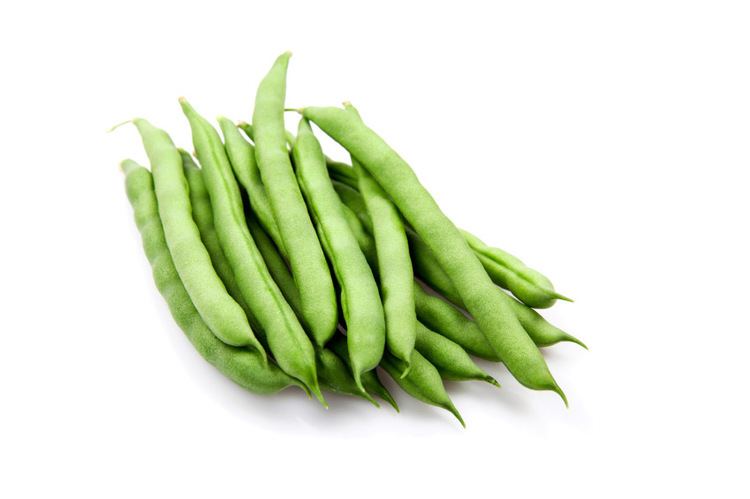
In the past, bean pods often contained a "string", a hard fibrous strand running the length of the pod. This was removed before cooking, or made edible by cutting the pod into short segments. Modern, commercially grown green bean varieties lack strings.
Green beans are eaten around the world, and are marketed canned, frozen, and fresh. Green beans are often steamed, boiled, stir-fried, or baked in casseroles. A dish with green beans popular throughout the United States, particularly at Thanksgiving, is green bean casserole, which consists of green beans, cream of mushroom soup, and French fried onions.
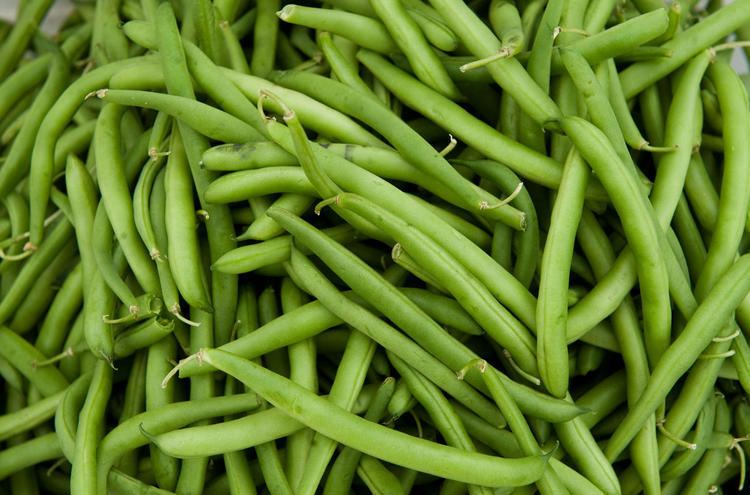
Some US restaurants serve green beans that are battered and fried, and some Japanese restaurants serve green bean tempura. Green beans are also sold dried, and fried with vegetables such as carrots, corn, and peas, as vegetable chips.
The flavonol miquelianin (Quercetin 3-O-glucuronide) can be found in green beans.
Characteristics
The first "stringless" bean was bred in 1894 by Calvin Keeney, called the "father of the stringless bean", while working in Le Roy, New York. Most modern green bean varieties do not have strings.
Plant
Green beans are classified by growth habit into two major groups, "bush" (or "dwarf") beans and "pole" (or "climbing") beans.
Varieties
Over 130 varieties of green bean are known. Varieties specialized for use as green beans, selected for the succulence and flavor of their pods, are the ones usually grown in the home vegetable garden, and many varieties exist. Pod color can be green, purple, red, or streaked. Shapes range from thin "fillet" types to wide "romano" types and more common types in between. Yellow-podded green beans are also known as wax beans.
All of the following varieties have green pods and are Phaseolus vulgaris, unless otherwise specified:
Bush (dwarf) types
Pole (climbing) types
Production
According to UN Food and Agriculture Organization (FAOSTAT), the top producers of green beans (in metric tonnes) in 2012.
